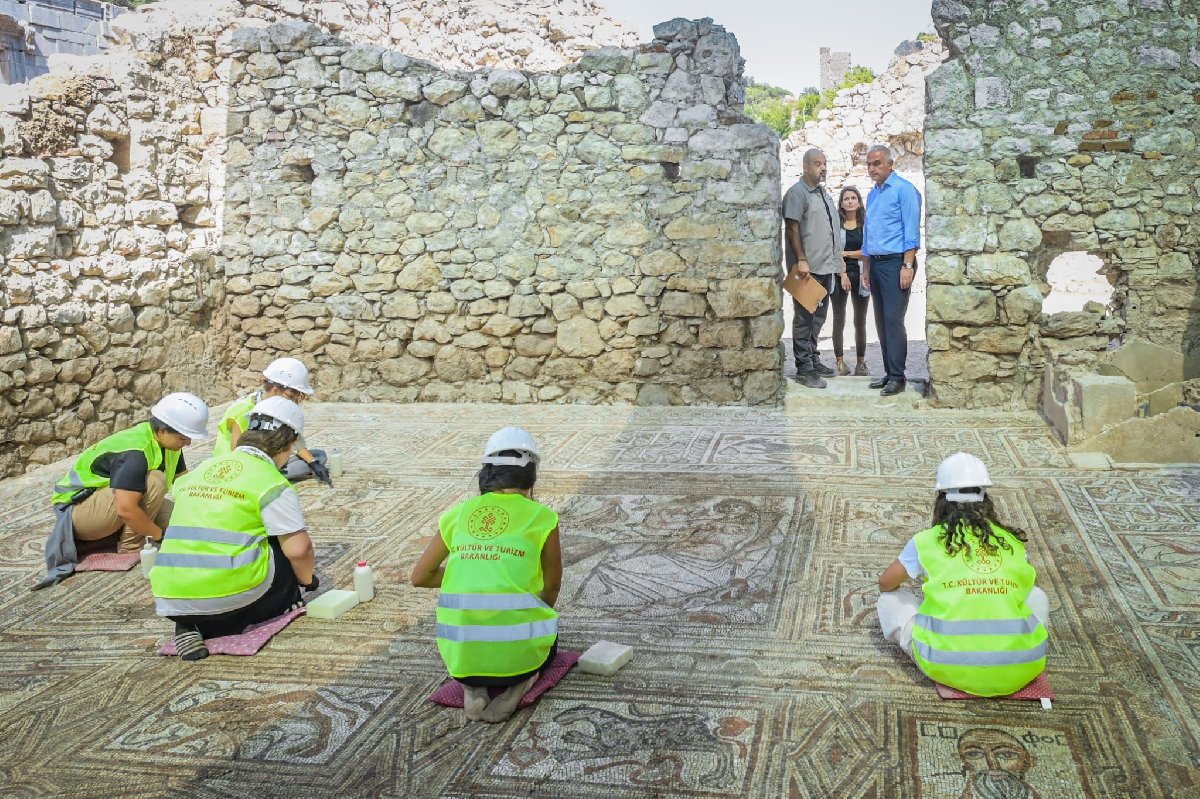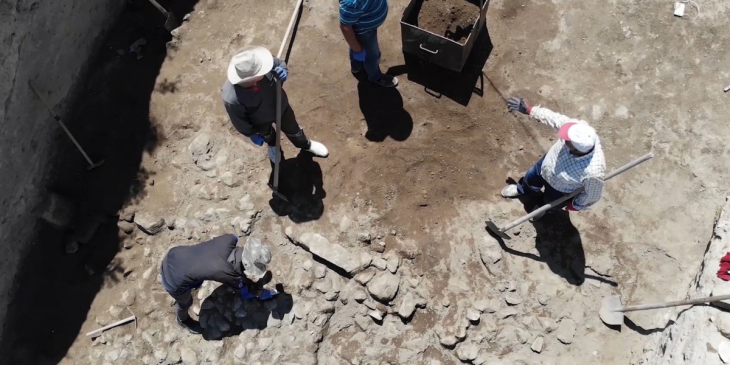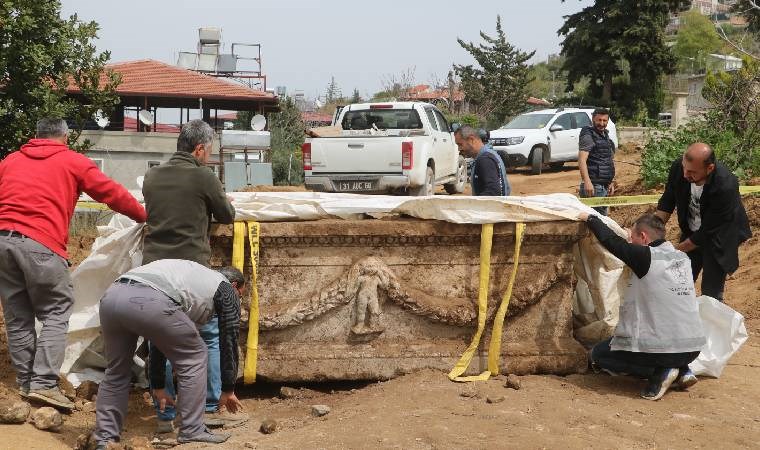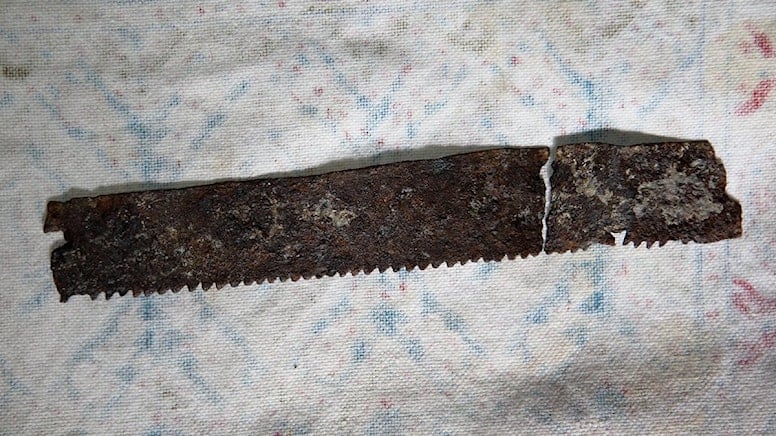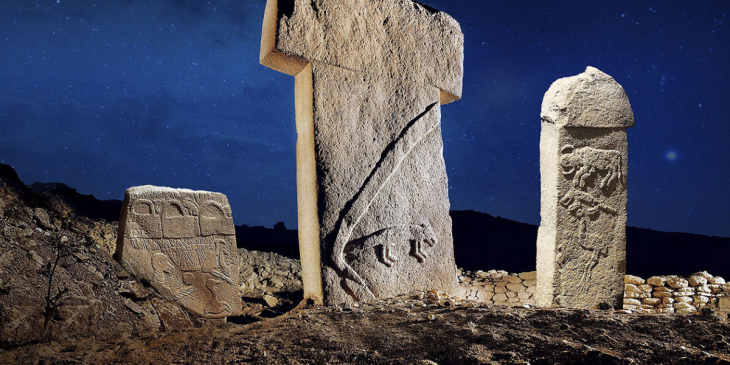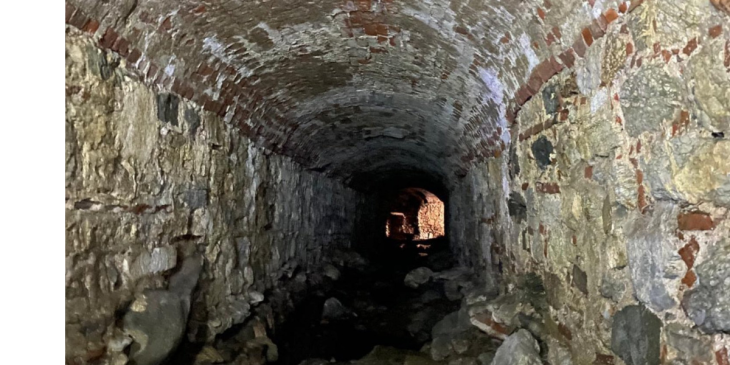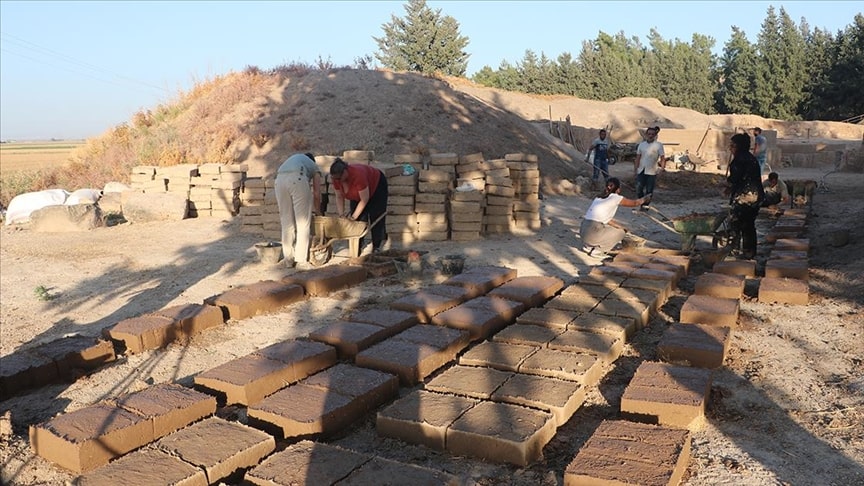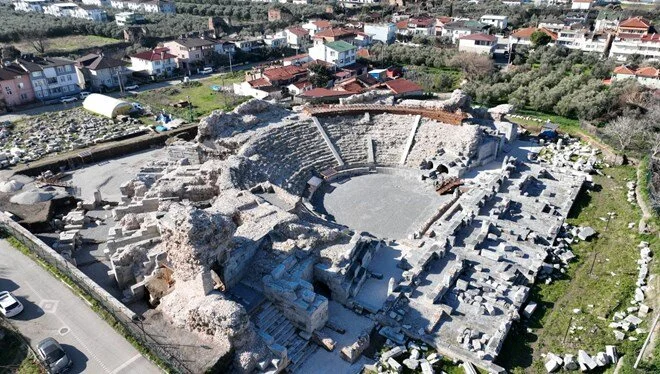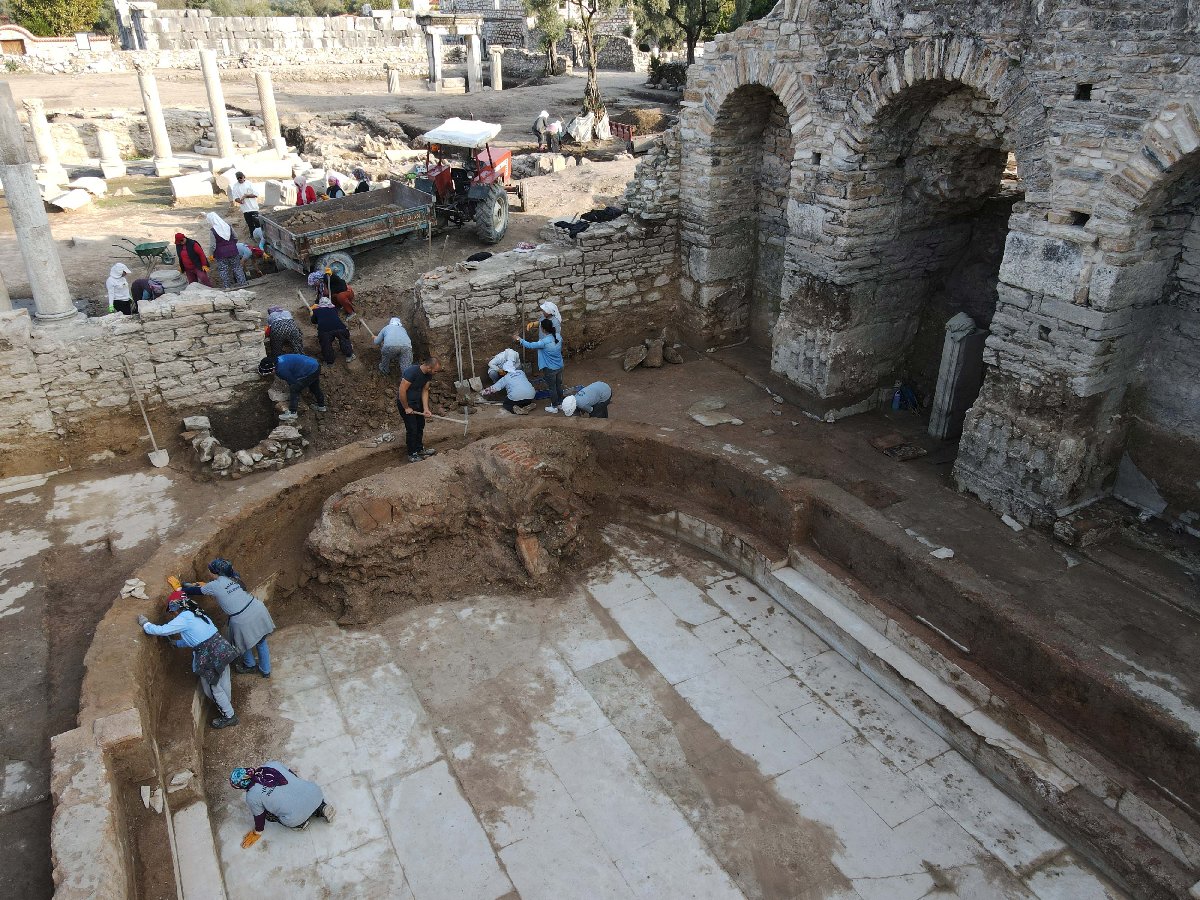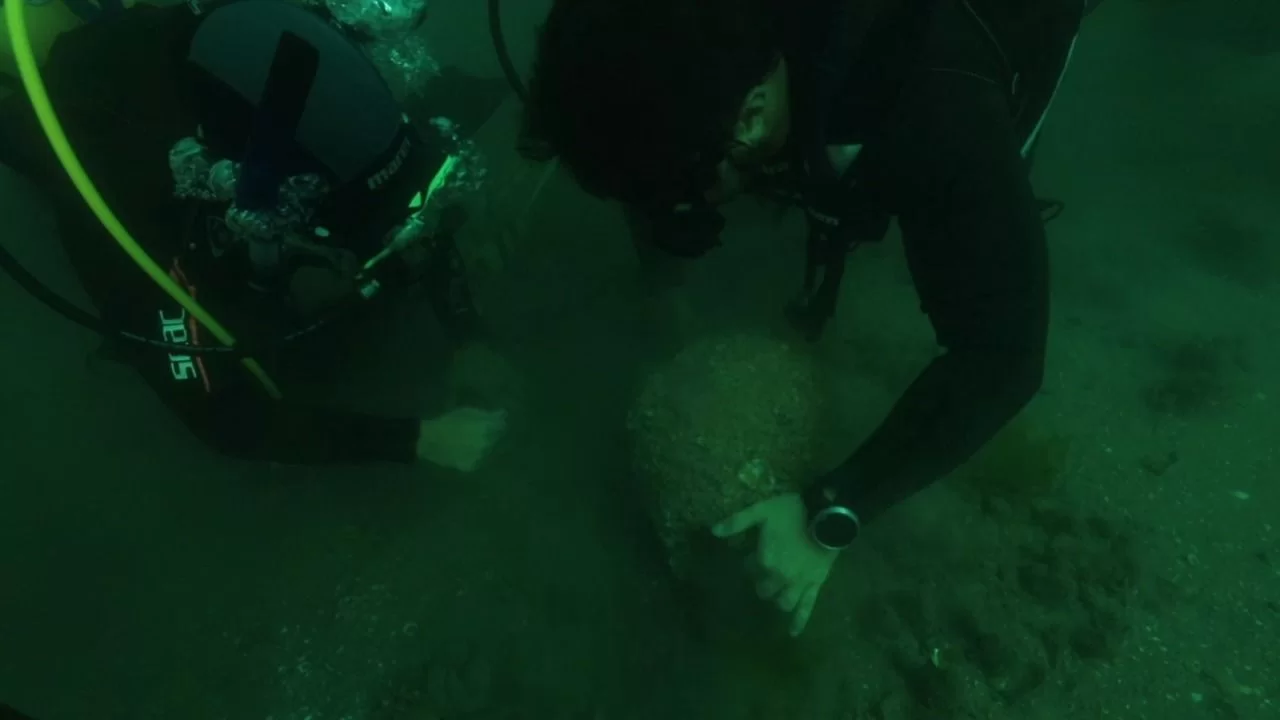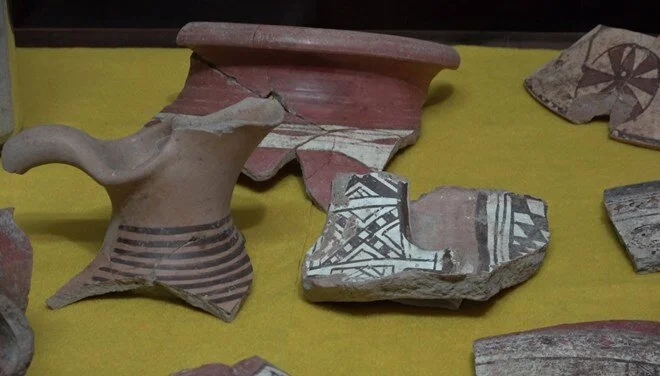In the ancient city of Olympos in the Kumluca district of Antalya, ongoing excavations in 26 different locations have revealed many mosaics created using the opus tessellatum technique.
Olympos, in the Lycian period, was the second important port city after Phaselis. The city takes its name from Mount Tahtalı, which is one of the western extensions of the Taurus Mountains, located 16 kilometers to the north, with an elevation of 2,375 meters. Although the exact founding date is not known, Olympos is mentioned on the coins of the Lycian League minted around 167-168 BC, and it is one of the six cities in the Lycian League with three voting rights.
The excavations at the ancient city of Olympos are ongoing under the leadership of Assoc. Prof. Dr. Gökçen Öztaşkın.

The mosaics created using the opus tessellatum technique have established Olympos as an important center for floor pavements within the Lycian region.
This season, the excavations focused on the Episcopal Palace, Church No. 3, the Monumental Tombs of the Harbor, the Theater, the Necropolis, and the North Harbor Street have revealed a preference for mosaic compositions in the opus tessellatum technique with botanical, geometric, animal, and human figures in the floor pavements of the ancient city.
In the mosaic works found in the areas surrounding the peristyle of the Episcopal Palace, scenes such as refrigerium (refreshment), thalassa (sea), gaia (earth), ktisis (creation), truphe (luxury), kharis (grace, beauty), and apolausis (enjoyment) personifications have been brought to light.
In the atrium porticos of Church No. 3 in the ancient city of Olympos, personifications of andreia (courage) and dikaiosyne (justice) have been identified.
Experts have also surmised that in the church’s atrium, there is a personification of the “Seven Virtues.” Additionally, in the vaulted burial chamber floor of the monumental tombs of the Harbor, where Captain Eudomos’ sarcophagus is housed, they have uncovered a mosaic depicting a scene of lion hunting, and in the entrance section of the burial chamber, there is a mosaic illustrating a ship entering a harbor.

